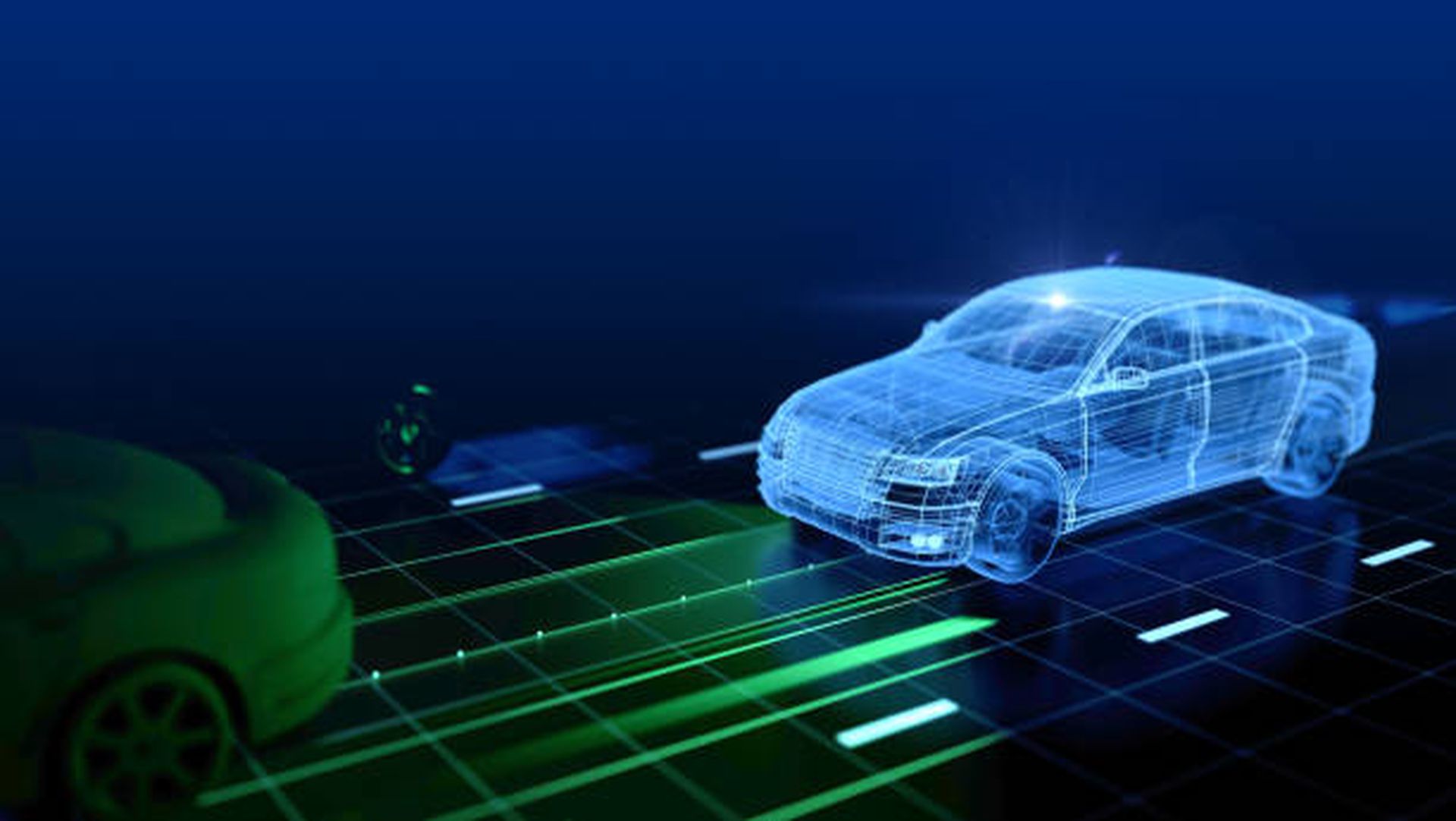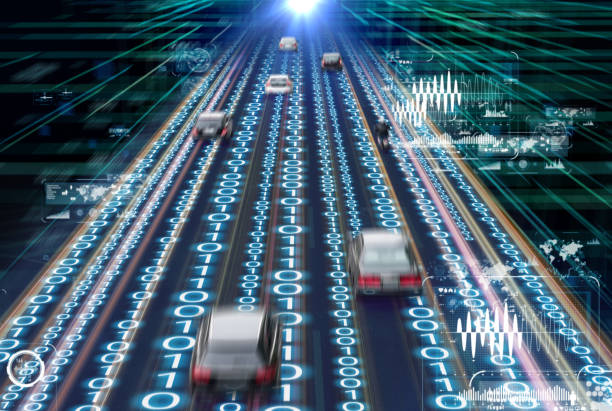The launch of smart vehicles brought increased convenience and technological advancement to the automotive industry. Nonetheless, with this innovation leap came an important requirement for massive and impenetrable automotive cybersecurity.
As vehicles become increasingly connected and dependent on software, they fall victim to many cyber threats. Guaranteeing the security of all the advanced networks is a technical necessity and an integral aspect of passenger safety and data protection.
Automotive Technology Evolution
The advancement from traditional vehicles to superior, smart, connected models has been quick and highly transformative. Smart vehicles are designed with autonomous driving capabilities, advanced infotainment systems, and vehicle-to-everything (V2X) communication. These developments have transformed the driving experience, providing users with high levels of safety, convenience, and efficiency.
Nevertheless, the advancement in technology has resulted in new automotive cyber threats. The incorporation of robust software solutions and massive connectivity means these vehicles no longer operate as isolated machines. Instead, they become part of a bigger network, making them vulnerable to multiple cyber threats.
Common Vehicle Cyber Threats
In the current world, smart vehicles face many cyber threats, each posing potentially severe effects:
- Hacking – Illegal access to vehicle systems can lead to criminals gaining control over important functions like braking, steering, and acceleration. In 2015, researchers proved this by remotely hijacking a Jeep Cherokee, driving it to a halt on a busy highway.
- Malware – Malicious software can infect and greatly compromise vehicle systems, resulting in disrupted operations. Malware can be introduced through over-the-air updates and compromised USB devices.
- Data Theft – modern vehicles collect lots of data, including personal information and driving habits. Cybercriminals target weaknesses to steal the data, causing privacy breaches and identity theft.
- Ransomware – resembling the attacks launched on traditional IT networks, ransomware can lock vehicle systems and demand payment for their release.
- Denial of Service (DoS) Attacks – these attacks can compromise and disable vehicle systems by overwhelming them with traffic, possibly immobilizing the vehicle.
Physical incidents highlight the extent of these threats. In 2-16, a ransomware attack on the San Francisco Municipal Transportation Agency resulted in massive disruptions. Additionally, these attacks also highlighted the vulnerabilities that exist in public transportation networks.
Why Automotive Cybersecurity is Important
The impact of cyberattacks on smart vehicles is far-reaching and can be catastrophic. The main reasons why automotive cybersecurity is important include:
- Data Privacy Concerns – all connected vehicles collect and transmit sensitive data. Compromises may result in severe privacy violations, exposing personal and financial data.
- Safety Risks – Cyberattacks on smart vehicles can compromise the safety of passengers. For example, hacking a vehicle’s control systems can cause accidents, which endanger lives.
- Financial Impact – Cyberattacks can cause massive financial losses for consumers and manufacturers. The cost of automotive cybersecurity solutions, legal liabilities, and reputational damage can be massive.
- Public Trust – Maintaining a high level of public trust is crucial for the adoption of new automotive technologies. High-profile cybersecurity incidents can reduce confidence in smart vehicles, slowing down their acceptance and incorporation into daily life.
Important Components Of Automotive Cybersecurity
Securing the modern vehicles needs an extensive strategy that addresses different aspects of their complex ecosystems:
- Network Security – protecting all communication channels between the vehicle and external networks is important. It consists of using secure communication protocols and encryption which helps prevent unapproved access and data breaches.
- Software Security – guaranteeing that all vehicle software is free from attacks and breaches is paramount. It includes regular updates, intensive testing, and secure coding practices.
- Encryption – Encrypting data at rest and in transit helps to protect sensitive information from getting accessed by unauthorized entities.
- Hardware Protection – Physical components of vehicles, including electronic control units (ECUs), have to be protected from tampering. Secure hardware design and installing tamper-resistant technologies are crucial.
- Regular Updates – utilizing a strong update mechanism guarantees that smart Vehicles can receive security patches and enhancements quickly, minimizing the window of opportunity for cybercriminals.
Best Practices To Guarantee Vehicle Cybersecurity
Manufacturers and consumers play important roles in boosting automotive cyberscurity.
- Manufacturers:
- Provide timely software repairs and updates.
- Utilize safe software development life cycle (SDLC) practices.
- Guarantee secure supply chain practices to help prevent the introduction of weaknesses via third-party components.
- Conduct thorough and regular penetration testing and security audits.
- Consumers:
- Maintain updated vehicle software by installing all the necessary updates.
- Acquire vehicles from manufacturers renowned for massive cybersecurity infrastructure.
- Use strong and unique passwords for all connected services.
- Ensure all external devices connected to their vehicle’s systems are safe and free from vulnerabilities.
Regulatory And Industrial Standards
The automotive sector is governed by different standards and regulations designed to guarantee cybersecurity.
- UNECE WP.29: The United Nations Economic Commission for Europe (UNECE) established automotive cybersecurity regulations and software updates that mandate manufacturers to implement risk management and safe development procedures.
- ISO/SAE 21434: This standard offers an extensive infrastructure for cybersecurity development in the vehicle industry, covering the whole lifecycle of a unit from its design to decommissioning.
These two standards play an integral role in the maintenance of enhanced security levels across the sector, guaranteeing that manufacturers adhere to best practices and regulatory stipulations.
The Future Of Automotive Cybersecurity
The automotive cybersecurity sector is constantly advancing, with emerging trends and technologies promising to boost vehicle security.
- Blockchain Technology: Blockchain can boost the security of vehicle-to-everything (V2X) communication by offering a decentralized and tamper-proof data exchange strategy.
- Artificial Intelligence (AI) and Machine Learning (ML): ML and AI can help detect and respond to cyber threats quickly, boosting the ability to identify any anomalies that arise and mitigate risks.
- Quantum Computing: Although it is still budding, quantum computing can help revolutionize encryption strategies, offering unexpected levels of security.
Conclusion
Automotive cybersecurity is an integral component of smart vehicle design and operation. As vehicles become more autonomous, the importance of protecting them from cyber threats becomes a priority. Smart vehicles’ future is secured by highlighting the risks, implementing massive security measures, and abiding by industry standards. In turn, the privacy and safety of passengers is guaranteed.
Call To Action
To learn more about this thriving sector, consider exploring resources like cybersecurity courses, industry reports, and manufacturing guidelines. Doing that will help create a safe and secure automotive future.










